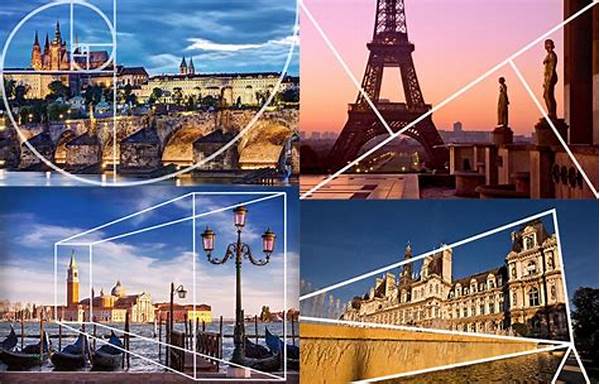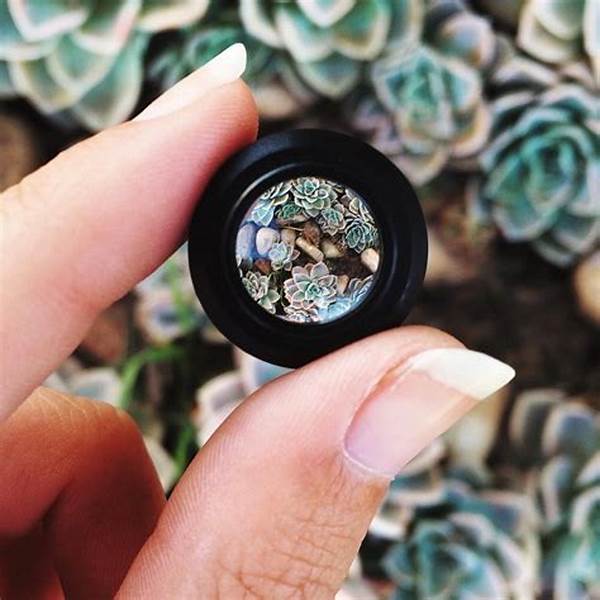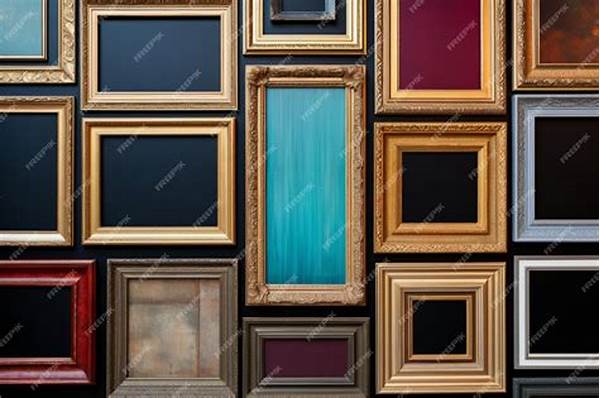Hey there, fellow creatives! If you’re like me, always eager to expand your artistic toolkit, you’ve probably toyed with the idea of incorporating photography into your arsenal. Whether you’re a painter looking for reference material, a digital artist pushing new boundaries, or just an enthusiast wanting to capture beauty, mastering photography techniques for artists can elevate your work. Let’s dive into some top-notch tips to sharpen your skills and inspire your next masterpiece!
Read Now : Urban Development Photo Chronicles
Understanding Light and Shadow
Photography is an art governed by light and shadow. As an artist, you’re probably already familiar with how essential these elements are in setting mood and depth in your work. In photography, natural and artificial lighting play crucial roles in highlighting texture, tone, and contrast. For artists dipping their toes into this medium, grasping how light changes throughout the day can dramatically influence the final image. Morning and evening light is soft and golden, perfect for a warm, dreamy feel, whereas midday sun is harsh and emphasizes stark contrasts.
Learning the art of shadow manipulation can add drama and intrigue to your photos. Experiment with backlighting, which can give an ethereal quality, or play with hard shadows for a more dynamic composition. Photography techniques for artists essentially revolve around experimenting with these elements to discover what works best for your unique style. Don’t be afraid to push boundaries; after all, innovation is born from experimentation.
Composition Foundations
Photography techniques for artists heavily emphasize the importance of composition. Think of composition as the backbone of your artwork, guiding the viewer’s eye and invoking emotion. The Rule of Thirds is a classic composition technique where you divide your frame into thirds, both horizontally and vertically, and place your subject at the intersections of these lines.
Symmetry is another powerful tool. Perfect for creating balance, symmetry can convey tranquility and steadiness. On the flip side, intentional asymmetry can develop tension and movement, invoking a more dynamic response. Negative space, or the area around and between objects in your image, can also play a crucial role. It can provide breathing room, focus, or a stark contrast. By mastering these fundamental photography techniques for artists, you can create stunning visual compositions that speak to the soul.
Color Theroy for Photographers
Color theory plays an essential role in photography techniques for artists. Just like in painting, the choice of colors can evoke emotions, highlight certain subjects, or convey a specific mood. Warm hues can be inviting and cheerful, while cool tones might bring calm or melancholy into the frame.
Complementary colors, those opposite each other on the color wheel, can create vibrant, eye-catching contrasts that demand attention. On the other hand, analogous colors, which are next to each other on the wheel, bring a sense of harmony and peace. Understanding color theory not only enhances your photography but also bridges your existing artistry skills into the world of digital imagery. Trust me, once you dive into this colorful ocean, your creative possibilities become endless.
Focusing on Details
The Role of Perspective in Art Photography
Perspective is a game-changer in photography techniques for artists. Similar to drawing and painting, the perspective from which you capture a scene can utterly transform its impact. By shifting angles, you can take a mundane subject and give it a new lease on life. Consider capturing your subject from a low angle to make it appear larger-than-life or towering. Conversely, embracing a bird’s-eye view offers a broader scope, revealing patterns and connections not visible from the ground.
Don’t shy away from breaking the rules here either. Fish-eye lenses can distort and exaggerate, creating abstract art out of the ordinary. Alternatively, tilt-shift techniques create a miniature effect, adding an element of novelty and playfulness. By exploring perspective as one of the photography techniques for artists, you encourage creativity and innovation, leading to fresh, captivating visuals.
Read Now : Cheap Wedding Photography Deals
Capturing Emotion Through Photography
When it comes to photography techniques for artists, capturing emotion is the golden ticket. It’s not just about snapping a picture; it’s about encapsulating a story, a feeling, a fleeting moment that resonates. Think of those candid shots that tug at your heartstrings or the serene landscapes that transport you to another world. That’s the essence of emotion-driven photography.
Pairing composition with wonderful light sets the stage. But tapping into raw emotions requires more – a connection between the artist, the viewer, and the subject. Is there a story waiting to be told? What narrative lies within the frame? Sometimes, it’s a subtle expression, a movement, or a splash of vibrant color that does the trick. But ultimately, it’s your unique eye, your personal narrative, that breathes life into the image. Remember, with photography techniques for artists, it’s the story behind the lens that captivates the audience and turns a simple photo into art.
DIY Photography Hacks
Yo! Let’s spill some beans on the down-low, shall we? Photography hacks can sometimes mean the diff between a meh shot and an OMG shot. We’ve all been there, fumbling with lenses, lighting, and trying to get that perfect focus. Don’t sweat it. With a bit of DIY magic, you can level up your snap game like a pro.
Got a smartphone? Use that flashlight app as a mini spotlight. Trust me; it can add that much-needed glow. Or hey, wrap a piece of translucent cloth around a lamp for soft, dreamy lighting. There’s hella ways to up your game with basic household items. Get resourceful, my friend. These photography techniques for artists are all about making your setup work for you and capturing those swift, beautiful moments in your unique style.
Key Takeaways on Photography Techniques for Artists
Photography techniques for artists are not just about technical prowess; they’re an expressive twist infused into visual storytelling. For those of us with creative hearts, it’s about seeing the ordinary and capturing it extraordinarily. Whether you’re working with light, color, or perspective, every moment behind the camera is a chance to mold and shape your artistic vision.
From the golden nuances of light and shadow to the vibrant dance of color, each element offers a fresh canvas. Explore composition and details, delve into emotions and stories, and experiment with unique angles. These tools bridge your traditional artistry with the dynamic realm of photography, offering endless avenues for creative expression. Embrace these techniques, and let your imaginative spirit shine through every frame.



